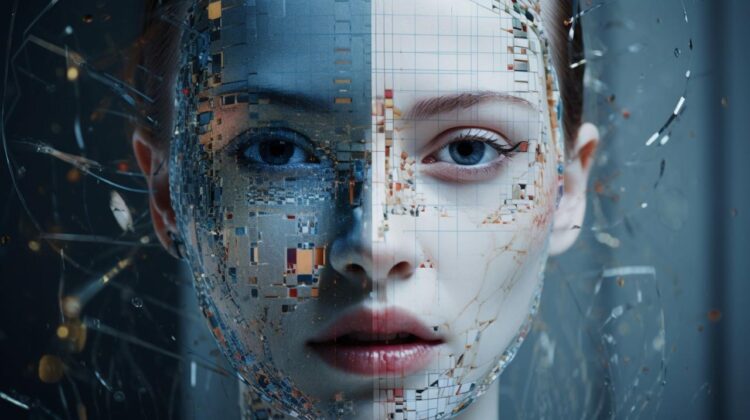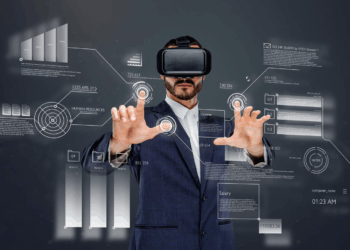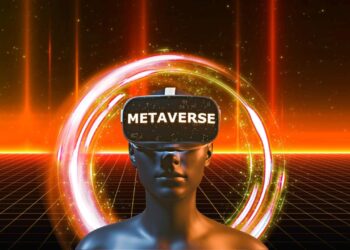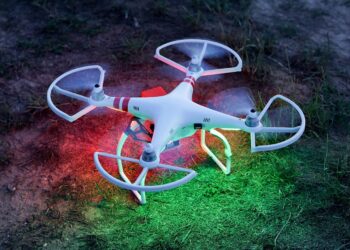The rapid advancement of deepfake technology has ushered in a new era of digital deception, presenting profound and urgent challenges to information integrity, personal security, and democratic processes globally. Deepfakes, which are synthetic media—often videos or audio—created using powerful machine learning techniques, particularly Generative Adversarial Networks (GANs) and autoencoders, are becoming increasingly sophisticated and difficult to distinguish from genuine content. The gravity of this threat necessitates immediate and robust defense mechanisms across technological, legal, and educational sectors. This comprehensive analysis will explore the escalating danger of deepfakes, detail the technologies behind their creation and detection, and outline the multi-faceted strategies required for an effective, urgent defense.
Understanding the Deepfake Phenomenon
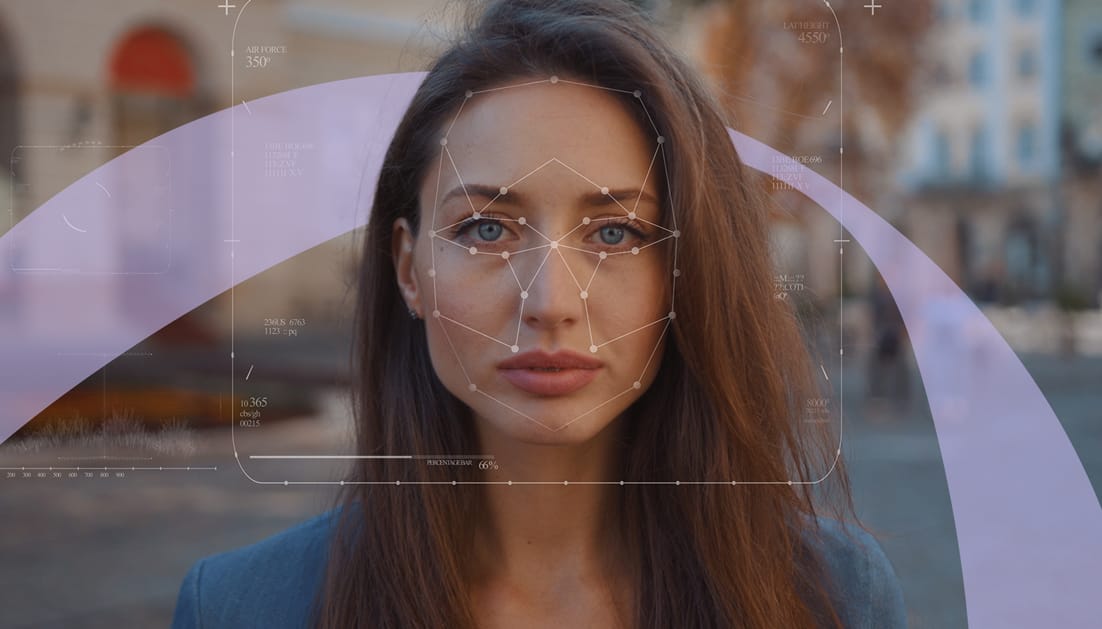
Deepfakes are not merely advanced photo or video manipulation; they represent a fundamental shift in how digital media can be created and consumed. The “deep” in deepfake refers to the use of deep learning algorithms, a subset of machine learning that utilizes neural networks with multiple layers.
The Mechanics of Deepfake Creation
The most common architectures used to generate convincing deepfakes include:
A. Generative Adversarial Networks (GANs):
This technique pits two neural networks against each other: a Generator and a Discriminator. The Generator creates synthetic content (the deepfake), and the Discriminator tries to determine if the content is real or fake. This adversarial process forces the Generator to continuously improve its output until the Discriminator can no longer reliably distinguish the fake from the real, resulting in highly realistic synthetic media.
B. Autoencoders:
Autoencoders are typically used for face-swapping deepfakes. They consist of an Encoder that compresses an image or video frame into a latent (compressed) representation, and a Decoder that reconstructs the image from the latent representation. For a face swap, two separate autoencoders are trained—one for the source face and one for the target face. The Encoder of the source face and the Decoder of the target face are then combined to render the target’s facial movements with the source’s identity.
The Escalating Threat Landscape
The risks posed by deepfakes span numerous critical domains:
A. Information Warfare and Political Instability:
Deepfakes can be weaponized to spread disinformation and malinformation during elections, international crises, or public health emergencies. A fabricated video of a political leader making a controversial statement or a fabricated audio clip of a CEO admitting wrongdoing can cause immediate, irreversible damage to public trust, stock markets, and geopolitical stability.
B. Erosion of Trust and the “Liar’s Dividend”:
When convincing fake content becomes commonplace, people may begin to doubt the authenticity of all media, including genuine, verifiable recordings. This phenomenon is known as the “Liar’s Dividend,” where malicious actors can dismiss authentic, damaging evidence against them as merely another “deepfake,” further muddying the informational waters.
C. Financial Fraud and Cybercrime:
Deepfake audio is already being used in sophisticated Business Email Compromise (BEC) and “voice phishing” (vishing) scams. Criminals can convincingly impersonate executives to authorize fraudulent wire transfers, using the deepfake voice to bypass security protocols that rely on vocal recognition or simply to leverage authority for urgency.
D. Personal Harm and Extortion:
Perhaps the most damaging application at the individual level is the creation of non-consensual deepfake pornography, overwhelmingly targeting women. Furthermore, deepfakes can be used for extortion and harassment, threatening to damage reputations and livelihoods.
Technological Countermeasures: The Digital Arms Race
The fight against deepfakes is an ongoing technological arms race. Detection technology is constantly evolving to keep pace with the increasingly sophisticated generation methods.
Deepfake Detection and Forensics
The core of technological defense lies in developing robust and scalable detection tools.
A. Neural Network-Based Detectors:
Similar to the technology used to create deepfakes, deep learning models are trained to spot the subtle, often imperceptible artifacts left by the generation process. These models look for inconsistencies that are unnatural in human behavior or physics.
B. Physical and Biological Artifact Analysis:
Deepfakes, even the best ones, often fail to perfectly replicate minor biological cues:
- Eye Blink Analysis: Early deepfakes often exhibited an unnaturally low or inconsistent blinking rate, as the training data lacked sufficient variation in closed eyes.
- Facial Warping and Inconsistencies: Subtle distortions around the edges of a face, inconsistent lighting or shadow rendering, and unnatural movement of teeth or tongue can be telltale signs.
- Head Pose and Inconsistencies in Blood Flow: Advanced research is looking into minor inconsistencies in facial blood flow or head movement that are extremely difficult for an AI to replicate perfectly across an entire video.
C. Provenance and Content Authentication:
Instead of focusing solely on detection after the fact, a proactive approach centers on content authentication. This involves creating mechanisms to prove the authenticity and origin of genuine media.
- Digital Watermarking: Embedding an imperceptible, unique identifier into genuine media at the point of capture (e.g., within a camera or recording device).
- Cryptographic Hashing and Blockchain: Recording a cryptographic hash of a media file on a decentralized ledger (blockchain) the moment it is created. Any subsequent manipulation would alter the hash, thus invalidating the recorded authenticity and flagging the content as potentially tampered with.
The Need for Open-Source Collaboration
For detection to be effective at scale, a collaborative effort is necessary. Major tech companies, researchers, and government entities must share threat intelligence and contribute to open-source databases of deepfakes, such as the Deepfake Detection Challenge (DFDC) datasets. This accelerates the training and effectiveness of new detection models globally.
Legal and Regulatory Defense Frameworks
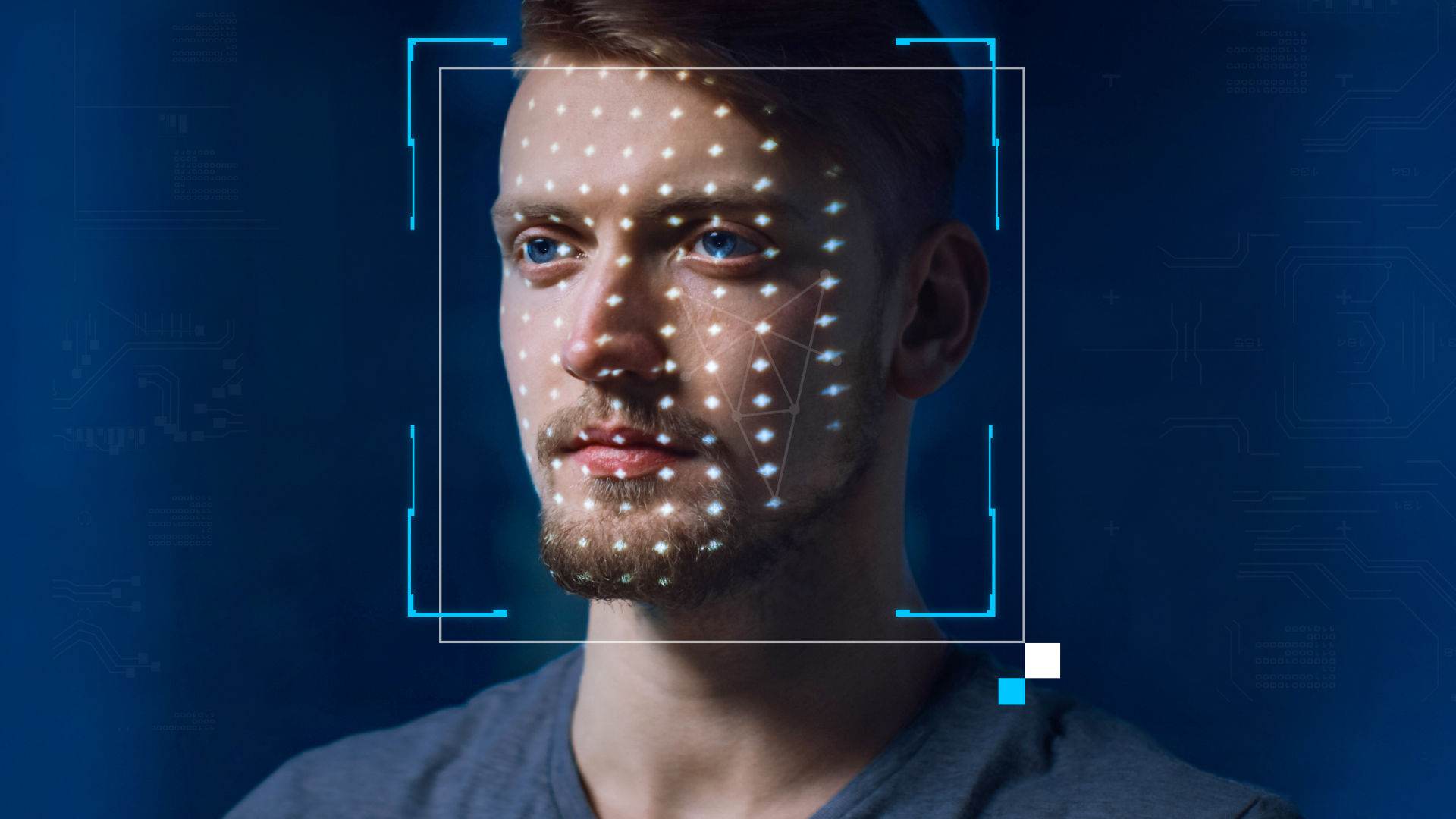
Technology alone cannot solve the deepfake crisis; robust legal and regulatory structures are essential to assign responsibility and provide deterrence.
A. Legislating Against Malicious Use:
Governments must enact clear, precise legislation targeting the malicious creation and distribution of deepfakes, particularly those intended to defraud, defame, incite violence, or interfere with elections. The legislation should focus on the intent to deceive and cause harm, rather than penalizing all synthetic media, which has legitimate uses in filmmaking, education, and art.
B. Updating Existing Laws:
Many existing laws regarding defamation, libel, copyright, and intellectual property need to be updated to explicitly address the unique challenges presented by deepfakes. For instance, laws concerning the right of publicity and identity theft must clearly cover the unauthorized use of a person’s likeness and voice via synthetic media.
C. Platform Accountability:
Social media platforms and content hosts are critical vectors for the rapid dissemination of deepfakes. Regulations should mandate transparency, quick takedown procedures for verified malicious deepfakes, and clear labeling policies for all synthetic media. Platforms should be held accountable for actively neglecting to implement reasonable deepfake detection and removal strategies.
Educational and Societal Resilience
The final and perhaps most crucial line of defense is a well-informed and resilient public.
A. Media Literacy Education:
Widespread digital and media literacy education is paramount. Citizens must be taught how to critically evaluate the media they consume, how to spot common deepfake tells, and how to verify information from multiple, reliable sources. This education should start early in schools and be a continuous effort for the general public.
B. Critical Thinking and Source Verification:
Promoting a culture of skepticism and encouraging users to “stop, think, and verify” before sharing provocative or sensational content is crucial. Users should be trained to look for context, check the source’s reputation, and see if the story is reported by multiple, credible news outlets.
C. Rapid-Response Information Campaigns:
Governments, journalists, and non-profits need to establish rapid-response teams capable of quickly identifying a viral deepfake and issuing authoritative, clear debunking information across all major communication channels to preempt its spread and mitigate its damage.
Conclusion
The escalating threat posed by deepfakes—the ability to create hyper-realistic, fabricated content at scale—is a clear and present danger to the foundational pillars of our digital society: truth, trust, and security. The battle against this technology requires a unified, multi-pronged global strategy that views this threat with the utmost urgency.
The reliance on technological solutions, while necessary, is a Sisyphean task; as detection methods improve, deepfake generation technology will inevitably become more refined, creating an endless cycle. Therefore, the long-term defense must pivot from solely chasing technological artifacts to establishing robust societal and legal frameworks. Legally, a concerted effort is needed to update decades-old statutes to cover the nuances of synthetic media, focusing on the criminal intent behind its deployment. Internationally, treaties or agreements are needed to standardize laws and facilitate cross-border enforcement, as deepfakes know no geographical boundaries. The most sustainable defense lies in human resilience—fostering a globally skeptical and media-literate citizenry capable of discerning authenticity and resisting the impulse to share sensational, unverified content.
A global, unified approach that combines state-of-the-art detection and provenance technology, enforceable legal and regulatory accountability for platforms and malicious actors, and widespread media literacy education is the only path to effectively mitigate the existential risks of deepfakes. Failing to act decisively now means ceding the information high ground to those who wish to sow chaos and undermine reality itself. The defense against deepfakes is not merely a technical challenge; it is a profound moral and societal imperative to safeguard the integrity of human communication.

